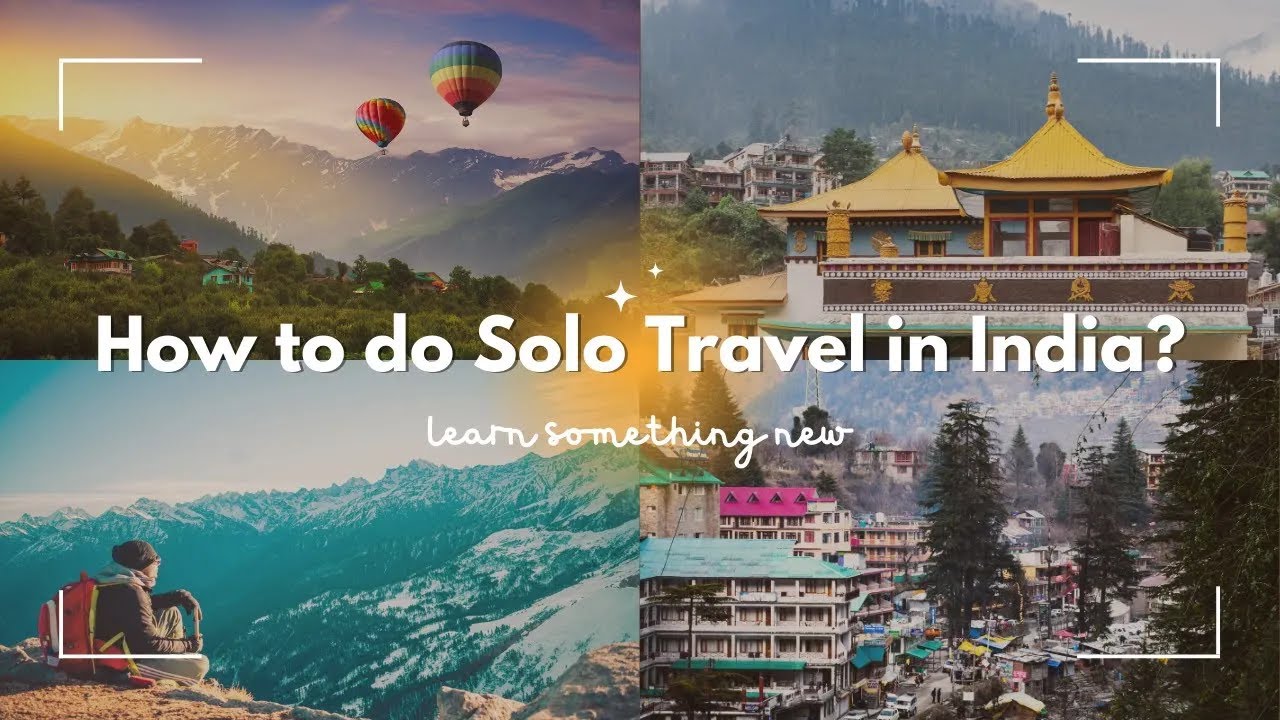How to do solo travel in India? Learn all about it
Solo travel in India can be a rewarding and enriching experience, but it also requires careful planning and consideration of safety and cultural norms. Here are some steps to help you plan a successful solo trip to India:
- Research and Plan Your Itinerary:
- Start by researching the places you want to visit in India. India is a diverse country with a wide range of attractions, so decide whether you want to explore historical sites, natural beauty, cultural experiences, or a mix of everything.
- Create a rough itinerary that outlines the cities or regions you want to visit and the duration of your stay in each place.
- Visa and Documentation:
- Check the visa requirements for your country and apply for an Indian tourist visa well in advance of your trip.
- Ensure you have all necessary identification, travel insurance, and important documents such as passport and copies of your travel itinerary.
- Health Precautions:
- Consult your doctor or a travel clinic to get vaccinations and medications recommended for India.
- Carry a small medical kit with essential medicines and prescription medications.
- Pack Smart:
- Pack clothing suitable for the climate and activities you plan to undertake. India has diverse weather conditions, so be prepared for hot summers, monsoon rains, and cool winters.
- Dress modestly, especially in religious or rural areas, to respect local customs. Long, loose-fitting clothing that covers your shoulders and knees is often appropriate.
- Bring a good-quality backpack for ease of movement.
- Safety Precautions:
- Research the safety situation in the areas you plan to visit. Some regions may have travel advisories, so stay updated.
- Share your itinerary with family or friends and maintain regular contact with them.
- Be cautious when sharing personal information with strangers and avoid walking alone at night in unfamiliar areas.
- Accommodation:
- Book your accommodations in advance, especially if you’re arriving late at night or during a busy tourist season. Look for places with good reviews and security measures.
- Transportation:
- Use reputable transportation options. Trains and buses are often efficient and affordable in India. Consider booking tickets in advance for long-distance travel.
- Use trusted taxi services like Uber or Ola in cities, and negotiate fares with auto-rickshaw drivers.
- Local Cuisine:
- Be adventurous and try local food, but exercise caution with street food to avoid foodborne illnesses. Look for clean and busy food stalls.
- Stay hydrated and carry a reusable water bottle with a purification filter.
- Cultural Sensitivity:
- Respect local customs, traditions, and religious practices. Dress modestly when visiting religious sites.
- Learn a few basic phrases in the local language to help with communication.
- Connect with Locals and Other Travelers:
- Engage with locals and fellow travelers to learn more about the culture and get insider tips.
- Join social media groups or forums related to travel in India to connect with others who have similar interests.
- Emergency Contacts:
- Keep a list of emergency contact numbers, including the nearest embassy or consulate, local police, and medical facilities.
Remember that India is a vast and diverse country, so experiences can vary widely depending on where you go. Be open-minded, flexible, and prepared for unexpected situations, and you’ll have a memorable and enriching solo travel experience in India.
But, if you want to know the personal views of a regular solo traveler, then watch the video below.
(it’s in Hindi)





